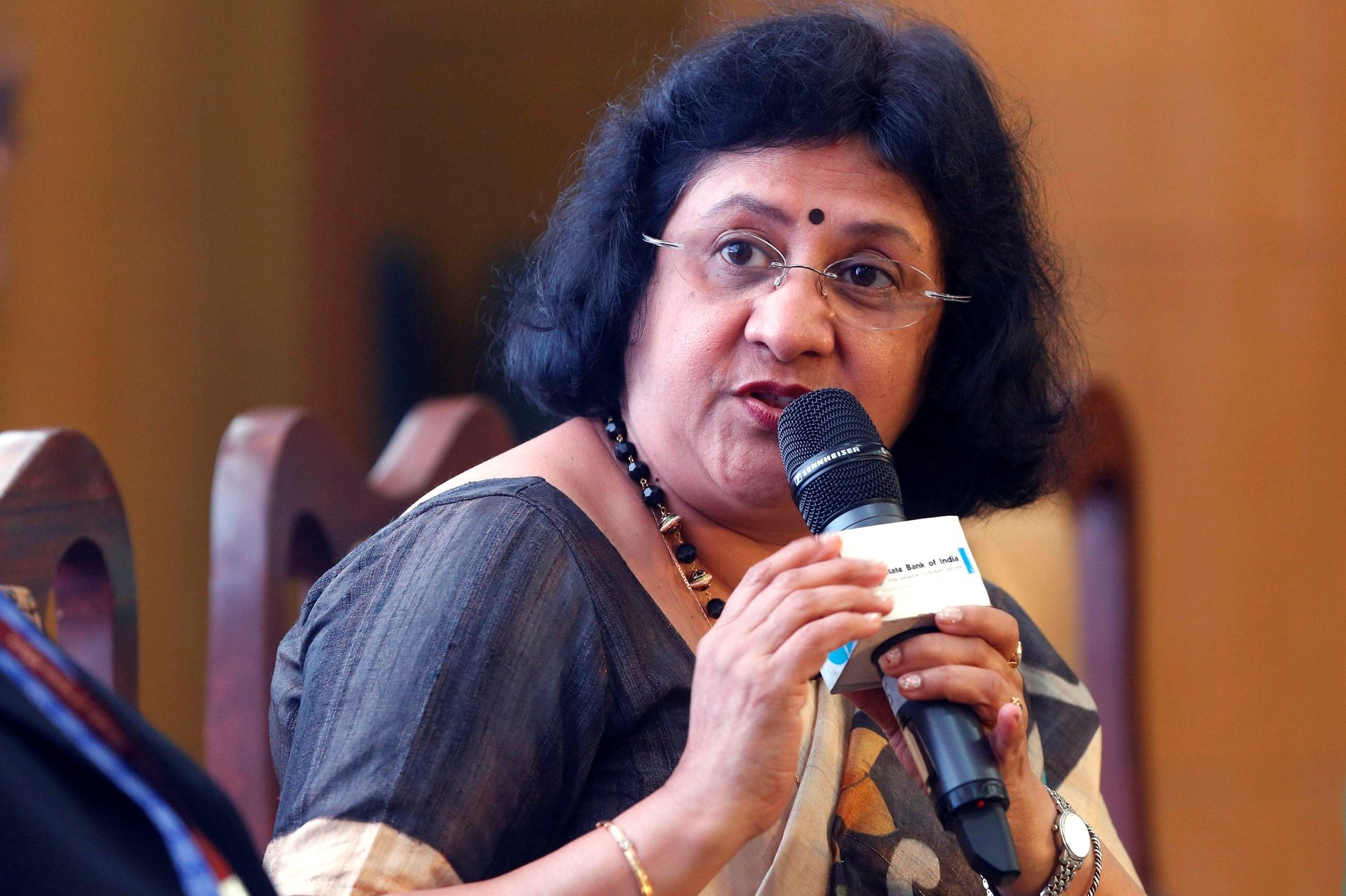The three make-or-break moments in a woman’s career according to one of India’s top bankers
Women having it tougher than men in their careers isn’t anything new globally. Female professionals, especially in India, rarely experience smooth linear progress.


Women having it tougher than men in their careers isn’t anything new globally. Female professionals, especially in India, rarely experience smooth linear progress.
Today (Oct. 3), one of India’s best-known bankers put her finger on the three specific points that ultimately weigh heavily on a woman’s career.
Speaking at the India Economic Summit of the World Economic Forum in New Delhi, Arundhati Bhattacharya, former chairman of the country’s biggest retail lender, the State Bank of India (SBI), said: “There are three times when a woman decides to leave (her career), the most common of them being the childbearing years.”
The second point, she said, comes when the child is preparing for competitive exams—especially classes 10 and 12 in India: “It is expected out of the mother to take the child around for various coaching classes and to wake him (or her) up in the morning with a hot cup of Complan (milk).”
Bhattacharya, who also once headed SBI’s human resources department, explained how the mother is held responsible for a child’s poor performance in studies. Given this assumption, a woman has to divert her attention from her career to the children, she said.
“The third reason we found that women are leaving is to take care of their parents or parents-in-law, because geriatric care in India is quite costly. And then at that point, female workers feel absolutely guilt-ridden and…give up jobs,” Bhattacharya said.
The other panelists at today’s India Economic Summit session were union minister Smriti Irani, tennis player Sania Mirza, and Bangladesh’s education minister Dipu Moni. They discussed the changing roles of women at their workplaces and shared thoughts about how due to societal pressure women choose to give up their careers to focus on their children or other family responsibilities.
Bhattacharya then listed the steps taken under her to solve the problem: “I made two-year sabbatical for child and elderly care that could be taken by the employee in three slots. And about two years after we did a survey to see the success of the initiative, we found about 676 women had availed it and one of them even told me that due to this change my entire career has been saved.”